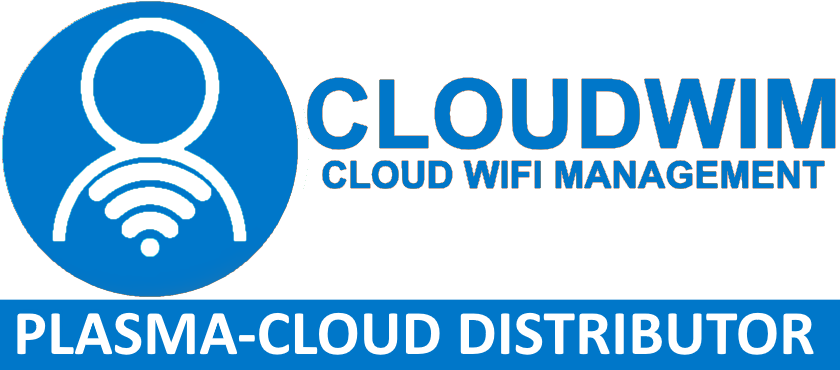How to take control of your clients
The term “clients” refers to all those devices that access your network. It includes anything from computers, mobile phones, printers, TVs, etc. Plasma Cloud has always provided you with valuable insight and information about clients connected to your networks. For instance, you can check clients’ download and upload traffic volume, names and MAC addresses. But that was not nearly enough. We want you to be able to do more, we want you to be able to take control of your clients. This is why we implemented client policies.

Clients Policies
With the latest Plasma Cloud UI release and firmware version (3.4.x), you can now create network access policies independently for every single client. These policies are sets of rules that can be assigned to an individual client determining its access permissions to a network.
Since not all clients are created equal, Plasma Cloud allows you to:
- Block a specific client on selected SSID(s) and show a custom blocked message upon connection attempt by the client;
- Allow a client to bypass the splash page on selected SSID(s), if configured.
You can explore the available clients policies in this article. Furthermore, you can now also assign custom names to your clients for easier recognition. Learn how in this article.
Curious as to when you should use these policies? Then keep reading!
Use Cases
There are multiple use cases we could run through to illustrate the usefulness of these policies. To keep it simple, we’ll just go with one use case for each policy type.
Preventing Abuse
Let’s start off by specifying that blocking a client prevents it from having Internet access and communicating with any wired client on your network LAN. This proves especially useful when you notice a client misusing your network and you wish to stop it, preventing further abuse.
On the Plasma Cloud console, you can quickly identify suspicious downloads or uploads by looking at the traffic data for each client and act accordingly. Access to a client with unusually high traffic volume can be blocked remotely with just a few clicks. The personalized blocked message can notify the client of the occurred block and the reasons for it. Additionally, you can potentially invite the client to contact the administration to run through the network’s rules again and eventually get unblocked.
Whitelisting Corporate-Owned Devices
Some companies may want to reserve their network for corporate-owned devices only, without allowing their employees to access it with private devices. In such cases, the company can exclusively allow the corporate-owned devices to bypass the configured splash page. This way, the chosen clients will be able to freely access the Internet and the whole network. All the other clients will be instead blocked behind the splash page.
Feeling ready to take control of your clients? Just remember to update your firmware version to 3.4.x or later before attempting to do so!
